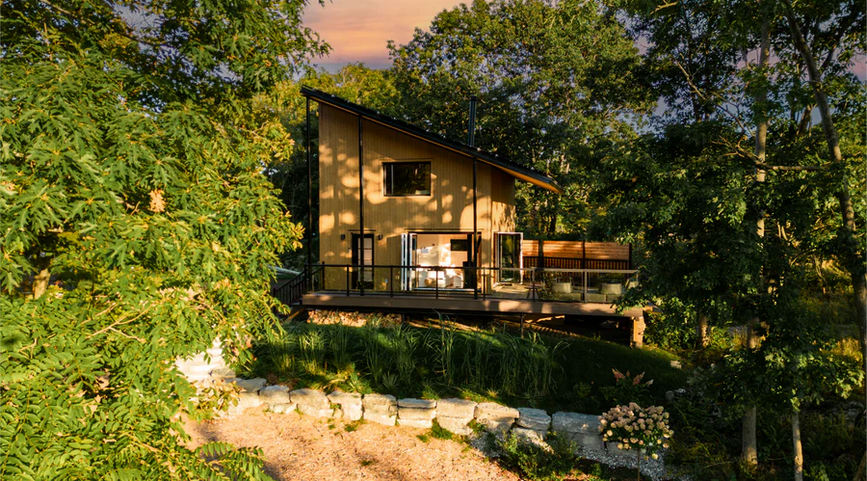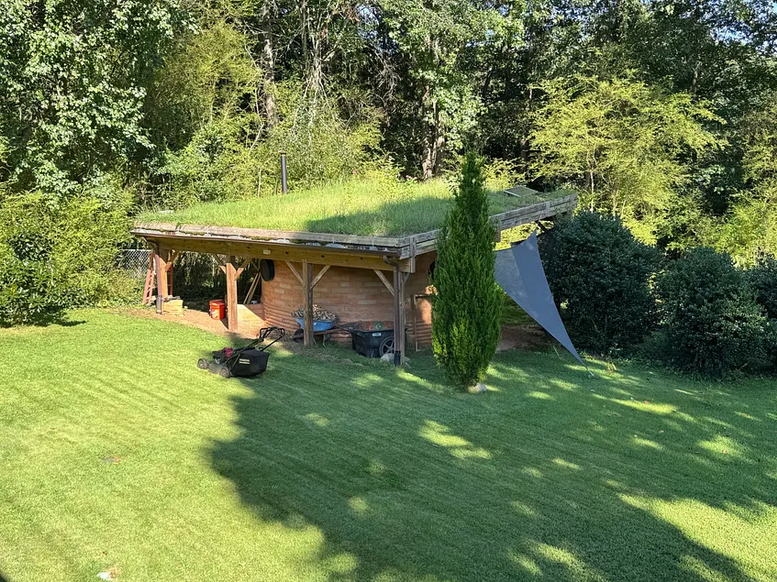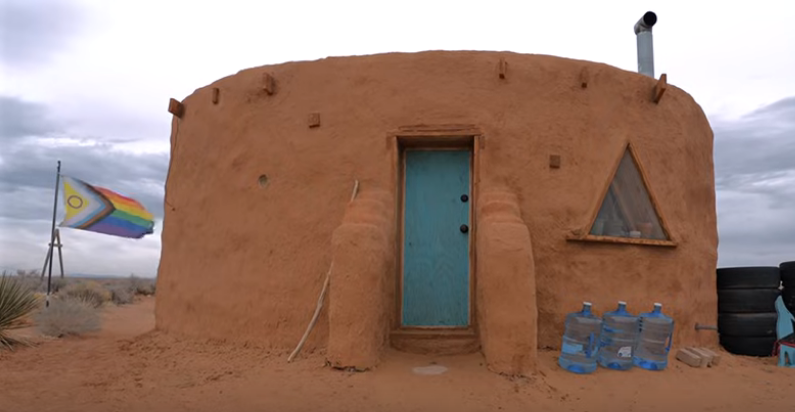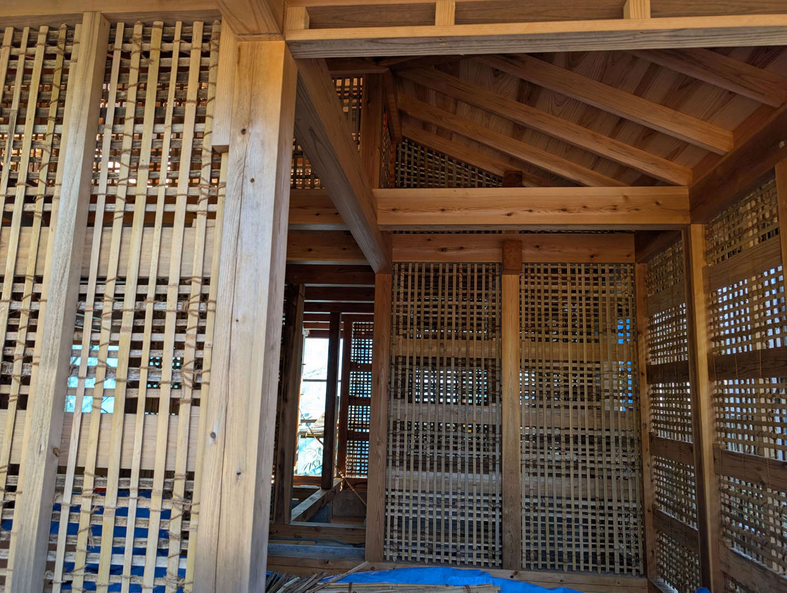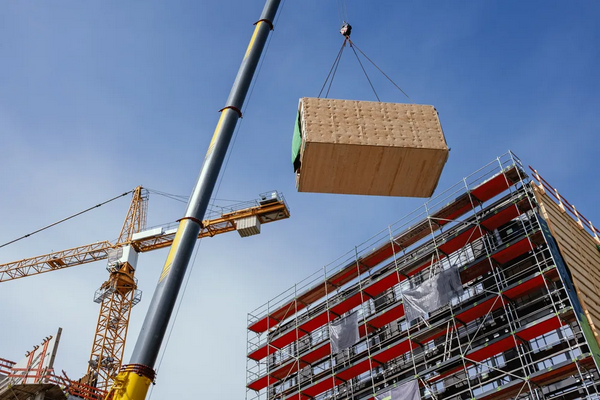Prefabricated Sustainable Homes in Canada
A Toronto-based company is selling a line of affordable, modular prefabricated home designs that meet and exceed net-zero standards. CABN lists designs ranging from 540 to 2,500 square feet and from one to four bedrooms. Standard features include: Forest Stewardship Council certified wood; Helical pile foundations that typically use no concrete and can be installed … Read more

